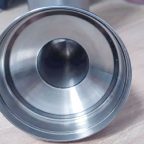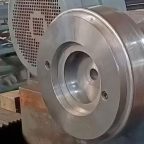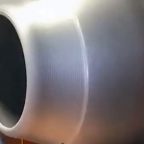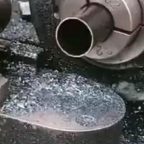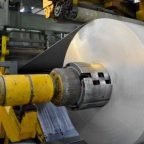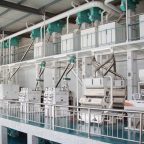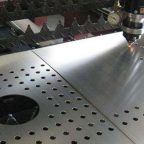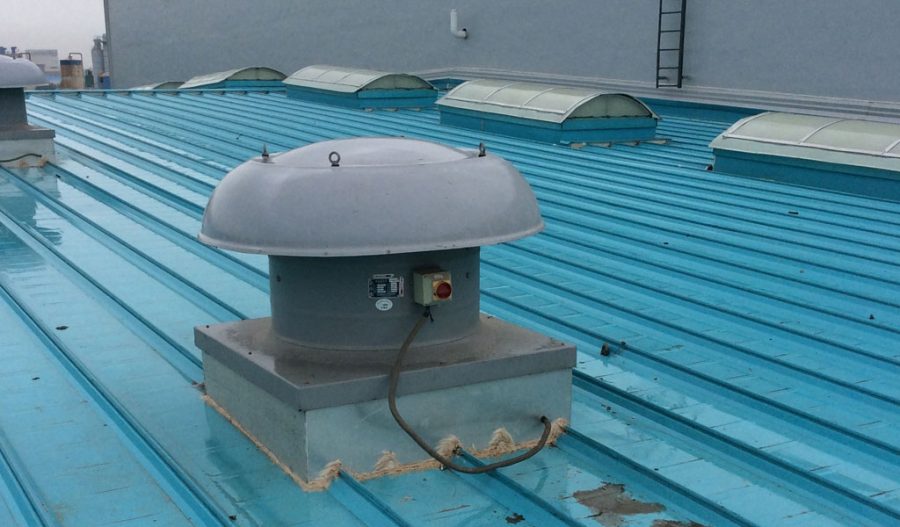
A roof ventilator, often referred to as a turbine ventilator or whirlybird, is a device commonly installed on the roof of a building for the purpose of ventilation. These ventilators are widely used in residential, commercial, and industrial buildings to facilitate the removal of heat, moisture, and stale air from the interior spaces, promoting better air circulation and improving indoor air quality. Roof ventilators harness wind power to spin the turbine, which in turn draws air from the interior of the building to the outside.
History
The concept of ventilation has been integral to architectural design for centuries. Ancient civilizations, such as the Romans and Greeks, utilized natural ventilation in their buildings to promote airflow and reduce indoor temperatures. However, the modern turbine ventilator as we know it today began to take shape in the late 19th and early 20th centuries.
The development of turbine ventilators was driven by the need for effective ventilation solutions in industrial settings, where heat and fumes were significant issues. The first patent for a roof-mounted turbine ventilator was granted in the United States in the early 1900s. Over the years, the design of these ventilators has evolved, with improvements in materials, aerodynamics, and manufacturing processes.
Design and Functionality
Roof ventilators typically consist of a rotating turbine, which is mounted on a vertical shaft. The turbine is housed within a protective casing that shields it from the elements while allowing air to flow freely. The device is designed to spin with the wind, and as it does, it creates a low-pressure area that draws air out of the building.
Materials Used
Turbine ventilators are usually constructed from lightweight yet durable materials, such as aluminum or galvanized steel. These materials are chosen for their resistance to corrosion and ability to withstand harsh weather conditions. In some cases, plastic or fiberglass may be used for specific components to reduce weight or enhance durability.
Types of Roof Ventilators
There are several types of roof ventilators available, each designed for specific applications and building types. The most common types include:
- Wind-Driven Turbine Ventilators: These are the most widely recognized type of roof ventilators. They rely solely on wind power to rotate the turbine and create airflow. Wind-driven ventilators are popular in residential buildings due to their simplicity and effectiveness in moderate climates.
- Motorized Turbine Ventilators: In areas with low wind speeds or in buildings where natural ventilation is insufficient, motorized turbine ventilators may be used. These devices are equipped with an electric motor that ensures the turbine continues to spin even in the absence of wind.
- Hybrid Ventilators: Hybrid ventilators combine the features of wind-driven and motorized ventilators. They operate on wind power when conditions are favorable and switch to motorized operation when wind speeds are too low to generate sufficient airflow.
- Static Ventilators: While not technically turbines, static ventilators are another type of roof-mounted ventilation device. They do not have moving parts and rely on the stack effect, where warm air rises naturally and escapes through the ventilator.
Installation and Placement
Proper installation and placement of roof ventilators are crucial to their effectiveness. The location of the ventilator on the roof should be chosen based on the prevailing wind direction and the layout of the building’s interior spaces. In general, multiple ventilators are installed to ensure even air distribution and optimal performance.
Advantages of Roof Ventilators
Roof ventilators offer several advantages, making them a popular choice for improving indoor air quality and reducing energy consumption. Some of the key benefits include:
- Energy Efficiency: By facilitating natural ventilation, roof ventilators reduce the need for mechanical cooling systems, such as air conditioners, which consume significant amounts of electricity.
- Cost-Effective: Wind-driven ventilators, in particular, have low operating costs since they do not require electricity to function. The initial investment is typically offset by the energy savings over time.
- Improved Air Quality: Roof ventilators help remove stale air, odors, and indoor pollutants, creating a healthier living or working environment.
- Temperature Regulation: By expelling hot air from the building, roof ventilators help maintain a more comfortable indoor temperature, especially during the summer months.
- Low Maintenance: Turbine ventilators have few moving parts and are generally low maintenance. Regular inspections and occasional cleaning are usually sufficient to keep them in good working condition.
Challenges and Limitations
While roof ventilators offer many benefits, there are also challenges and limitations associated with their use:
- Dependence on Wind: Wind-driven ventilators are only effective when there is sufficient wind to turn the turbine. In areas with low wind speeds, these ventilators may not provide adequate ventilation.
- Weather Resistance: Although designed to withstand harsh weather conditions, extreme weather events, such as hurricanes or tornadoes, can damage roof ventilators.
- Installation Costs: The cost of purchasing and installing multiple roof ventilators can be significant, particularly for large buildings. However, these costs are often offset by long-term energy savings.
- Noise: In some cases, roof ventilators can produce noise, especially if they are not properly maintained or if the bearings become worn. This can be a concern in residential areas where noise levels need to be minimized.
Applications in Different Building Types
Roof ventilators are used in a wide range of building types, each with its specific ventilation needs:
- Residential Buildings: In homes, roof ventilators are often installed in attics to prevent the buildup of heat and moisture, which can lead to structural damage and reduce the efficiency of insulation.
- Commercial Buildings: In commercial settings, such as offices and retail spaces, roof ventilators help maintain a comfortable indoor environment for employees and customers, reducing the reliance on HVAC systems.
- Industrial Facilities: Factories and warehouses often generate significant amounts of heat, fumes, and airborne contaminants. Roof ventilators in these settings play a critical role in maintaining air quality and ensuring worker safety.
- Agricultural Buildings: In agricultural settings, such as barns and greenhouses, proper ventilation is essential to regulate temperature and humidity levels, preventing the growth of mold and ensuring the health of livestock and crops.
Environmental Impact
Roof ventilators have a positive environmental impact by reducing energy consumption and lowering greenhouse gas emissions. By relying on natural wind power, wind-driven ventilators contribute to a building’s sustainability and reduce its carbon footprint.
Future Trends and Innovations
The field of roof ventilation is continually evolving, with ongoing research and development focused on improving the efficiency and durability of roof ventilators. Some of the trends and innovations in this area include:
- Smart Ventilation Systems: The integration of sensors and smart technology into roof ventilators allows for real-time monitoring and automatic adjustment of ventilation levels based on environmental conditions.
- Advanced Materials: The development of new materials, such as composite plastics and nanocoatings, is enhancing the durability and weather resistance of roof ventilators, extending their lifespan.
- Energy Harvesting: Some modern roof ventilators are equipped with small solar panels or other energy-harvesting devices that generate electricity to power auxiliary systems or contribute to the building’s energy needs.
Conclusion
Roof ventilators, particularly turbine ventilators, play a crucial role in maintaining indoor air quality and temperature regulation in various building types. Their ability to harness natural wind power makes them an energy-efficient and environmentally friendly solution for ventilation needs. While there are challenges and limitations, ongoing advancements in materials and technology continue to improve the performance and reliability of these devices.
As building designs become more focused on sustainability and energy efficiency, roof ventilators are likely to remain a key component of modern architecture. The future of roof ventilation looks promising, with innovations that will further enhance their functionality and integration into smart building systems.
Maximize Tooling and CNC Metal Spinning Capabilities.
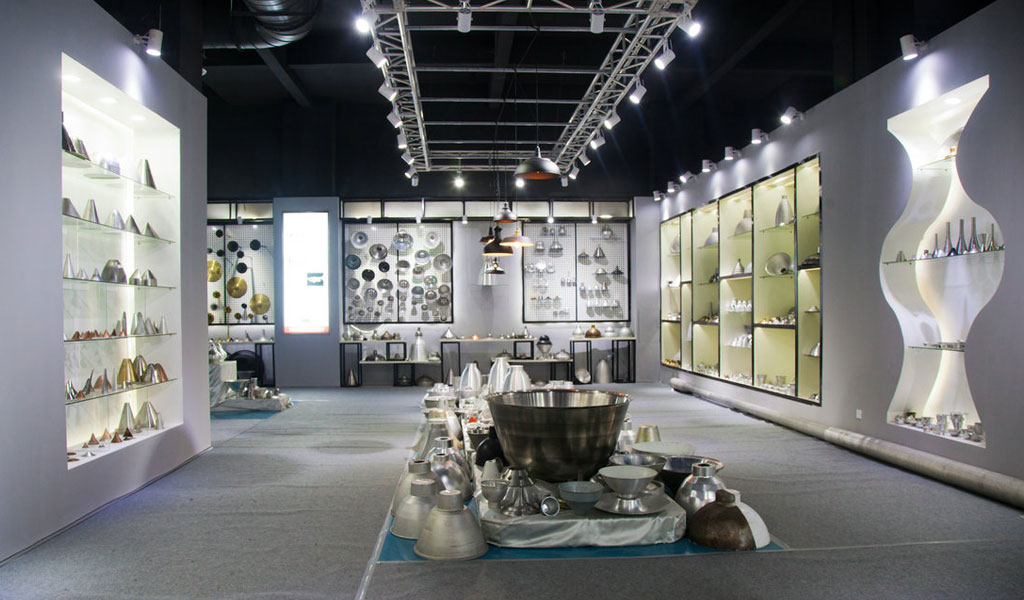
At BE-CU China Metal Spinning company, we make the most of our equipment while monitoring signs of excess wear and stress. In addition, we look into newer, modern equipment and invest in those that can support or increase our manufacturing capabilities. Our team is very mindful of our machines and tools, so we also routinely maintain them to ensure they don’t negatively impact your part’s quality and productivity.
Talk to us today about making a rapid prototype with our CNC metal spinning service. Get a direct quote by chatting with us here or request a free project review.
BE-CU China CNC Metal Spinning service include : CNC Metal Spinning,Metal Spinning Die,Laser Cutting, Tank Heads Spinning,Metal Hemispheres Spinning,Metal Cones Spinning,Metal Dish-Shaped Spinning,Metal Trumpet Spinning,Metal Venturi Spinning,Aluminum Spinning Products,Stainless Steel Spinning Products,Copper Spinning Products,Brass Spinning Products,Steel Spinning Product,Metal Spinnin LED Reflector,Metal Spinning Pressure Vessel,
